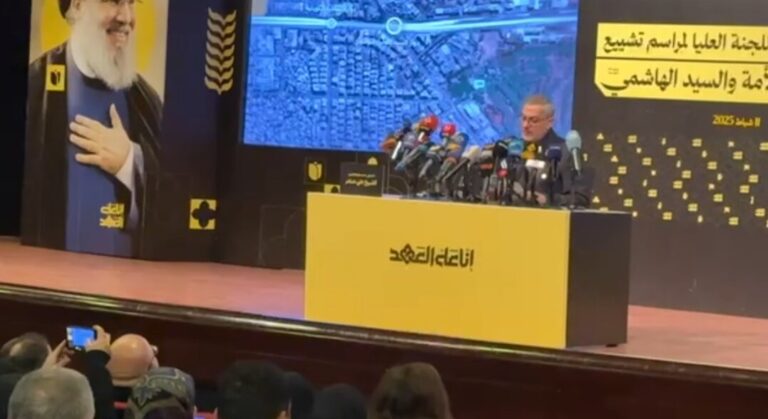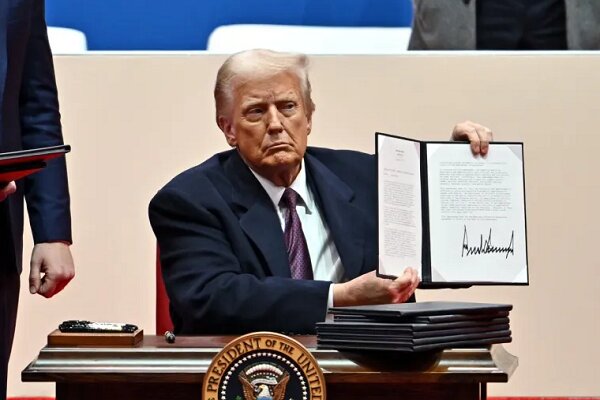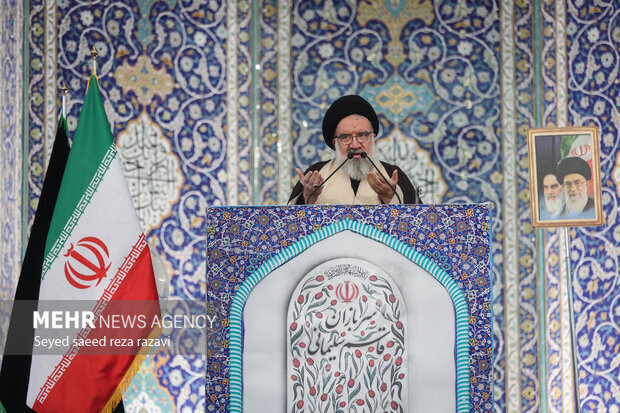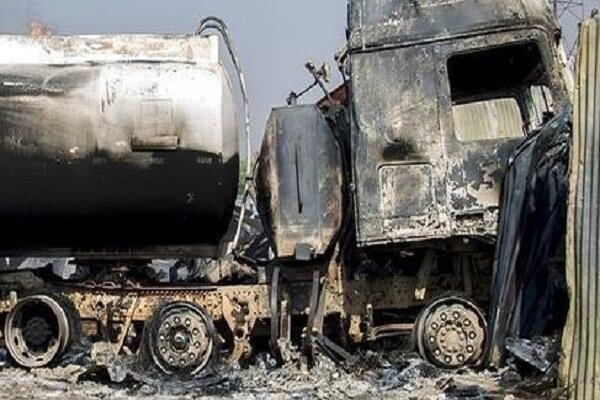Israeli Airstrike: Drone Assault Targets Vehicle in Southern Lebanon
On Sunday, a significant incident occurred in Southern Lebanon as reported by the Lebanese National News Agency. An Israeli drone targeted a vehicle on the road leading to Al-Naqoura, an area in Tyre. This event highlights the ongoing tensions in the region, particularly regarding the actions of the Israeli regime, which has a history of military engagement in southern Lebanon.
Reports indicate that the drone strike specifically targeted the Zibqin district, further escalating concerns regarding security and stability in the area. The Israeli regime has consistently conducted military operations in southern Lebanon, utilizing both fighter jets and drones, particularly since the ceasefire agreement with Hezbollah was officially put into effect.
Details of the Incident
The incident involving the Israeli drone raises several important points worth noting:
- Location of the Attack: The drone strike occurred on the road to Al-Naqoura, a significant area in Tyre.
- Targeted Area: The Zibqin district was directly affected by the drone strike.
- Historical Context: The Israeli regime has a long history of military operations in this region, which has been a focal point of conflict.
- Ceasefire Violations: This drone strike comes in the wake of a ceasefire agreement with Hezbollah, raising questions about the stability of this agreement.
As tensions continue to simmer, the implications of such military actions are profound. The targeting of a vehicle in a populated area could potentially lead to civilian casualties and further escalate the conflict. The ongoing military operations by the Israeli regime not only threaten regional peace but also provoke reactions from various factions within Lebanon and beyond.
Reactions to the Drone Strike
In response to the drone strike and the ongoing military actions by the Israeli forces, several reactions have emerged:
- Hezbollah’s Reaction: Hezbollah, the Lebanese militant group, has often condemned Israeli actions. It is likely they will respond to this latest incident, potentially leading to further escalations.
- International Community: The international community closely monitors such incidents. Calls for restraint and dialogue are expected to emerge as tensions rise.
- Public Sentiment: The local population in Southern Lebanon may feel increasingly vulnerable and anxious, prompting public demonstrations or calls for government action.
The situation remains fluid, as further developments are anticipated in the coming days. The response from Hezbollah and the international community could shape the future of military engagements in the region.
Historical Background
The Israeli-Lebanese conflict has deep historical roots, characterized by numerous military confrontations and political disputes. Understanding this background is crucial to grasp the significance of recent events:
- Previous Conflicts: The region has witnessed multiple conflicts, particularly during the Lebanese Civil War and the 2006 Lebanon War.
- Ceasefire Agreements: Various ceasefires have been attempted, yet violations have remained commonplace, often leading to renewed hostilities.
- Role of Hezbollah: Hezbollah has played a pivotal role in Lebanese politics and military actions against Israel, often positioned as a defender of Lebanese sovereignty.
In light of these complexities, the actions of both the Israeli regime and Hezbollah must be viewed within this broader context of conflict and historical grievances. The latest drone strike serves as a reminder of the fragile nature of peace in the region.
Looking Ahead
As the situation continues to evolve, it is critical for all parties involved to exercise caution. The potential for escalation remains high, and the consequences of further military actions could be dire for both Lebanon and Israel.
In conclusion, the recent drone strike by Israel on a vehicle in Southern Lebanon is a significant event that underscores the ongoing tensions in the region. The implications of such actions can lead to a cycle of violence that affects not only the immediate area but also the broader Middle Eastern landscape. Ongoing dialogue and restraint are essential to pave the way toward a more stable future.






